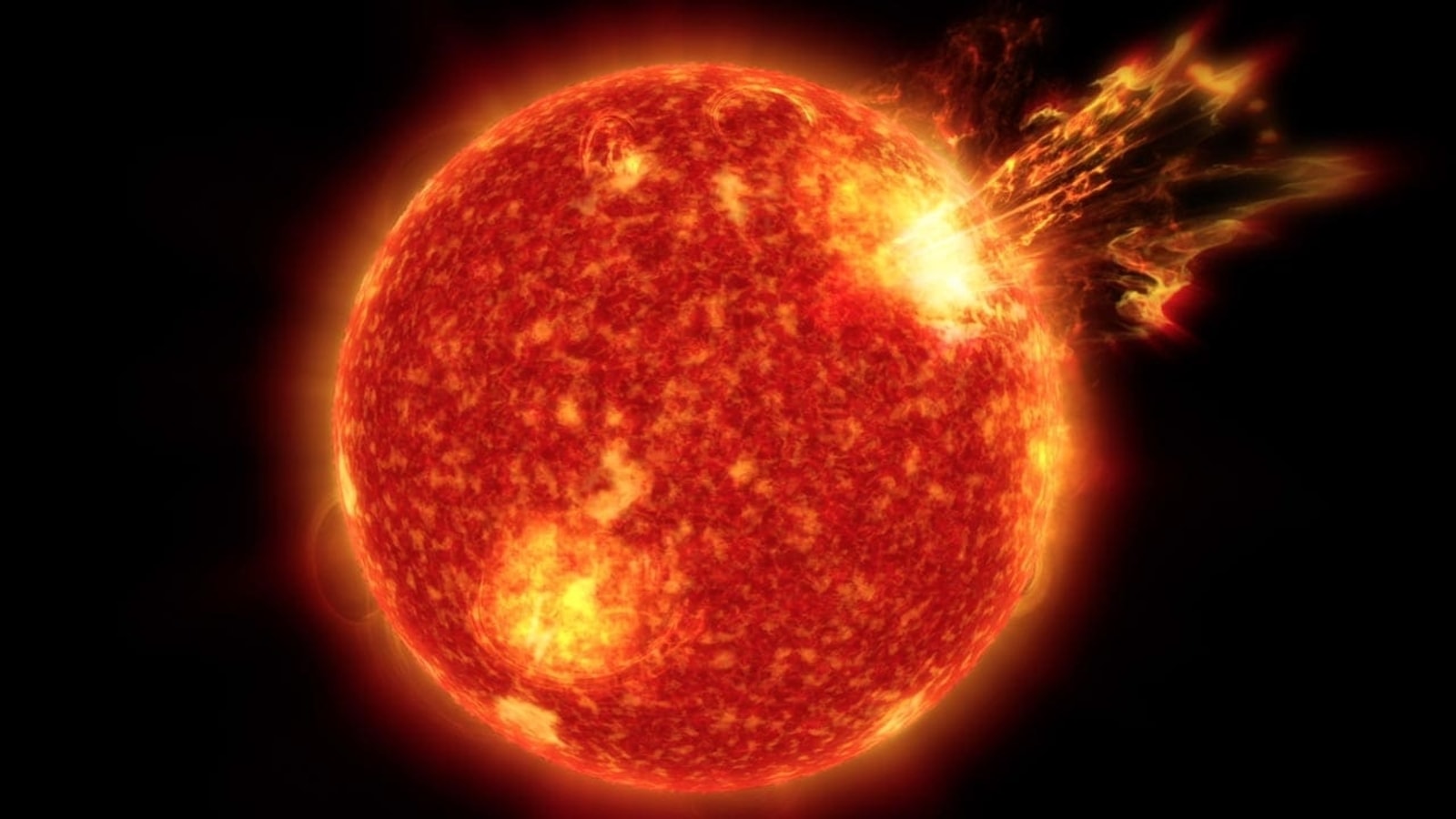Earth to suffer direct CME hit, new NASA model reveals; To spark solar storm and auroras
A new NASA prediction model has revealed that a CME is set for a direct collision on November 12 with the Earth. It can spark an intense solar storm, resulting in aurora lights and radio blackouts.

Yesterday, the NASA Solar and Heliospheric Observatory (SOHO) detected a coronal mass ejection (CME) that appeared to be coming towards the Earth. The early assessment revealed that it could hit the Earth in the late hours of November 11, although it wasn't clear whether the strike would be a direct one or a glancing blow. Earlier today, NASA ran the data through its prediction model and we have a much clearer picture of what is to come. The CME is now expected to hit the Earth tomorrow, November 12. It is also expected to be a head-on collision, and the solar storm can reach an intensity of G2-class.
Tamitha Skov, space weather physicist, and solar storm enthusiast, posted on her X account about the NASA model and said, “A #Solarstorm Encore: A new direct hit comes! NOAA & NASA models show impact expected by November 12 (optimistic estimates say late November 11 if the storm is fast). Although not as strong as the recent storm, this one could reach G2-levels & bring #aurora to mid-latitudes”. If you want to check the NASA model, Skov has also shared that separately in a post and you can check it here.
Solar storm expected tomorrow
It should be noted that despite the revelation by the NASA model, things can change anytime. This is because our technology is limited and the extent of accuracy of these predictions may not always be high. For now, a G2-class geomagnetic storm is expected to hit the Earth. As we mentioned earlier, such intensity is enough to spark auroras in the high to mid-latitude regions. Short-wave radio frequency is also under threat as these can be disrupted, affecting drone pilots, mariners, aviators, and emergency responders.
Know the GOES-16 satellite
GOES-16, formerly known as GOES-R before reaching geostationary orbit, is the first of the GOES-R series of Geostationary Operational Environmental Satellites operated by NASA and NOAA (National Oceanic and Atmospheric Administration). It was launched on November 19, 2016, and became operational on December 18, 2017. GOES-16 is located in geostationary orbit over the Atlantic Ocean and provides continuous imagery and atmospheric measurements of Earth's Western Hemisphere. It also carries a lightning mapper, which can detect both cloud-to-cloud and cloud-to-ground lightning. GOES-16 is a vital tool for weather forecasting, climate monitoring, and space weather prediction, including such storms.
Catch all the Latest Tech News, Mobile News, Laptop News, Gaming news, Wearables News , How To News, also keep up with us on Whatsapp channel,Twitter, Facebook, Google News, and Instagram. For our latest videos, subscribe to our YouTube channel.





























